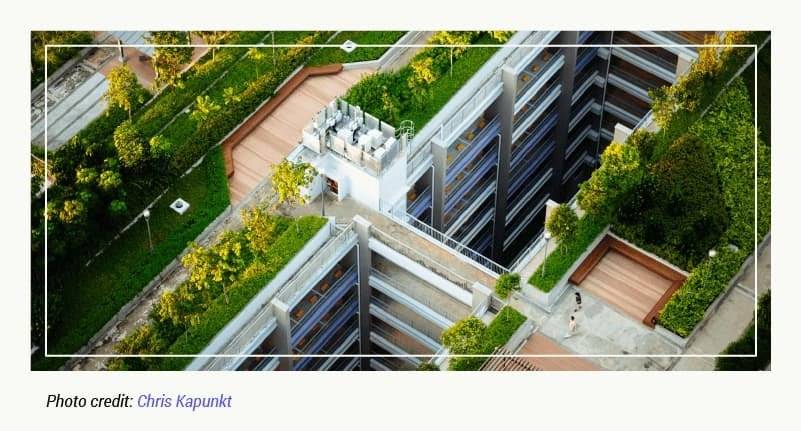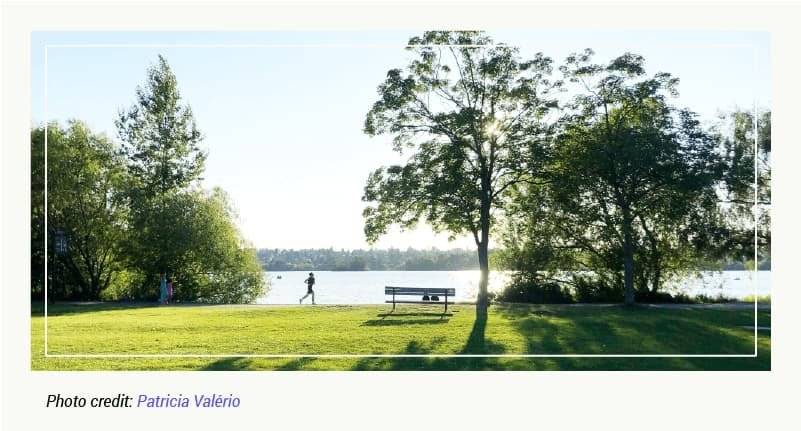Imagine a world where city centers are smog-free and full of thriving green ecosystems, with more cyclists and pedestrians than cars. While this vision might seem straight out of a fairy tale, sustainable cities are working to achieve this idyllic urban setting.
Yet the U.S. is home to zero of the top 10 most sustainable cities in the world. New York City is the first U.S. metropolitan to make the list at number 14, followed by San Francisco and Seattle, at 16 and 19 respectively. It’s clear that America has a long way to go in terms of making its dense urban centers sustainable.
So how can the U.S. rise to the challenge? Read on to discover popular features our cities can adopt. We’ll also cover how sustainability is a risk mitigation strategy in the fight against climate change (and what this means for your home insurance cost). For a visual guide, jump to our infographic.












